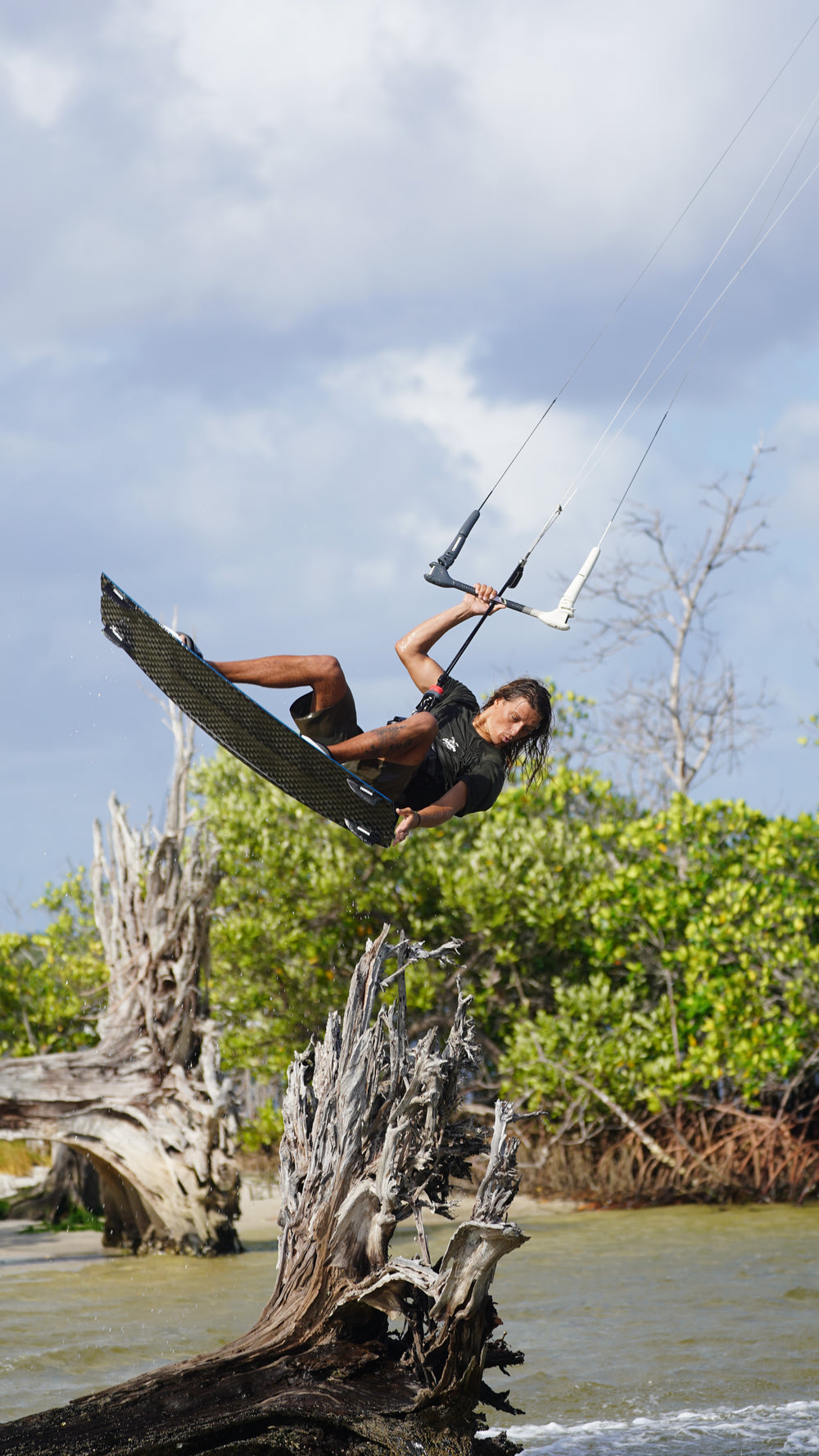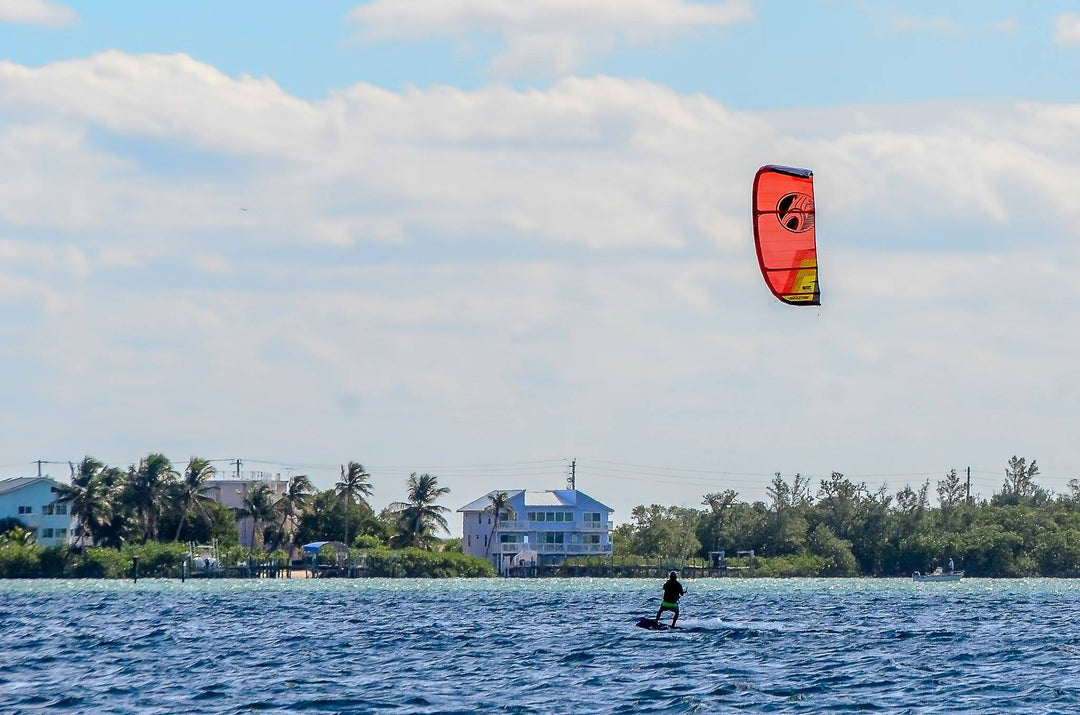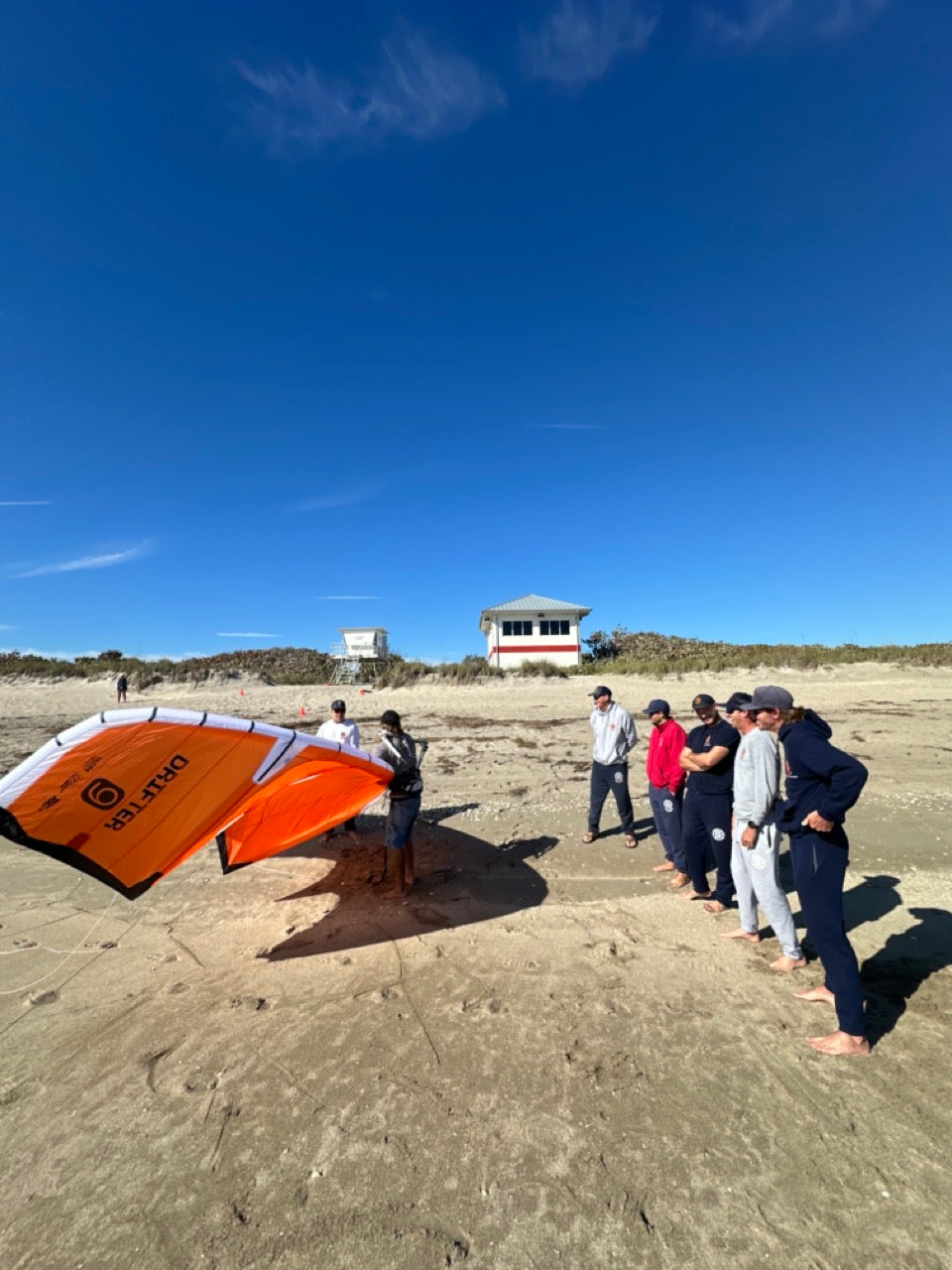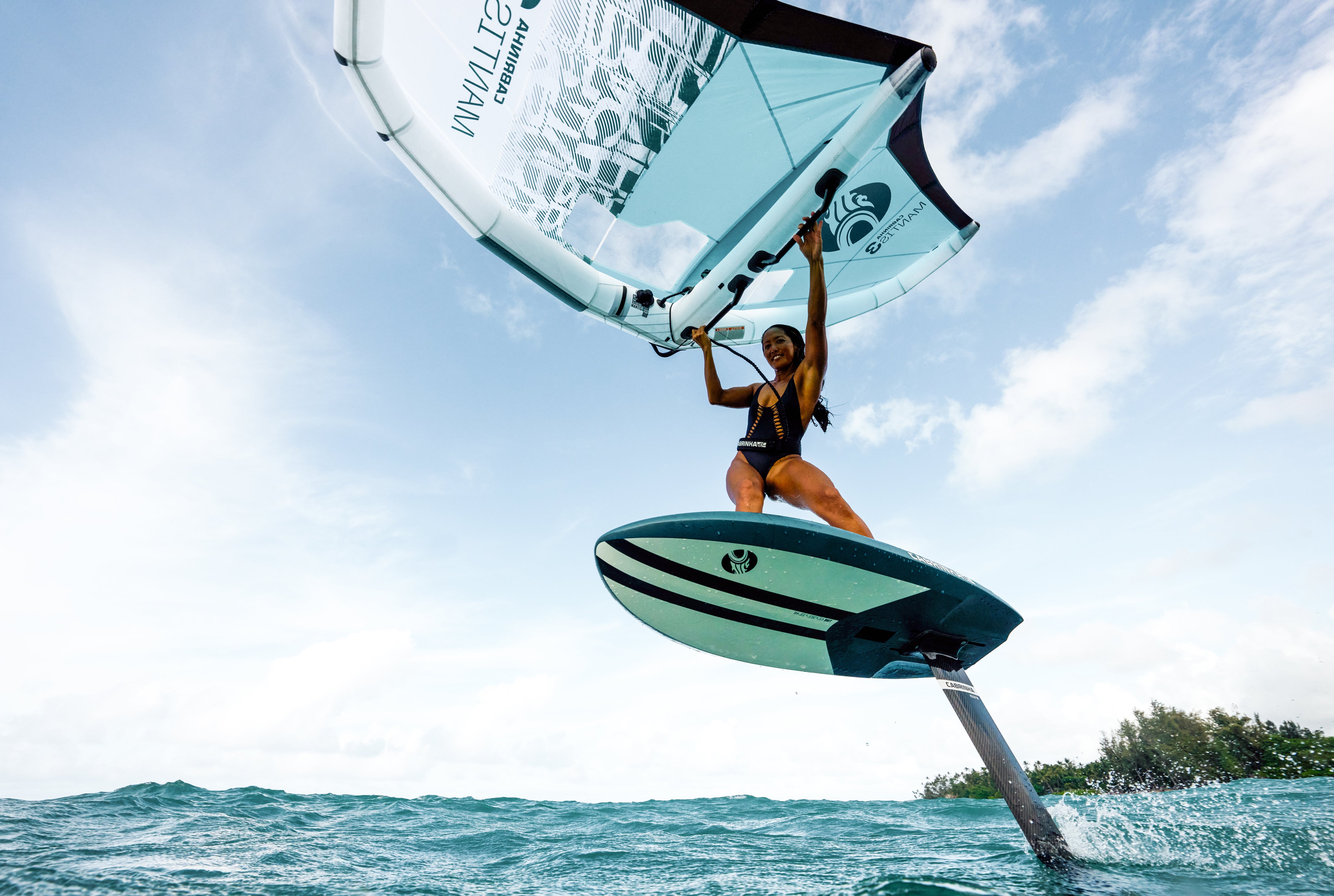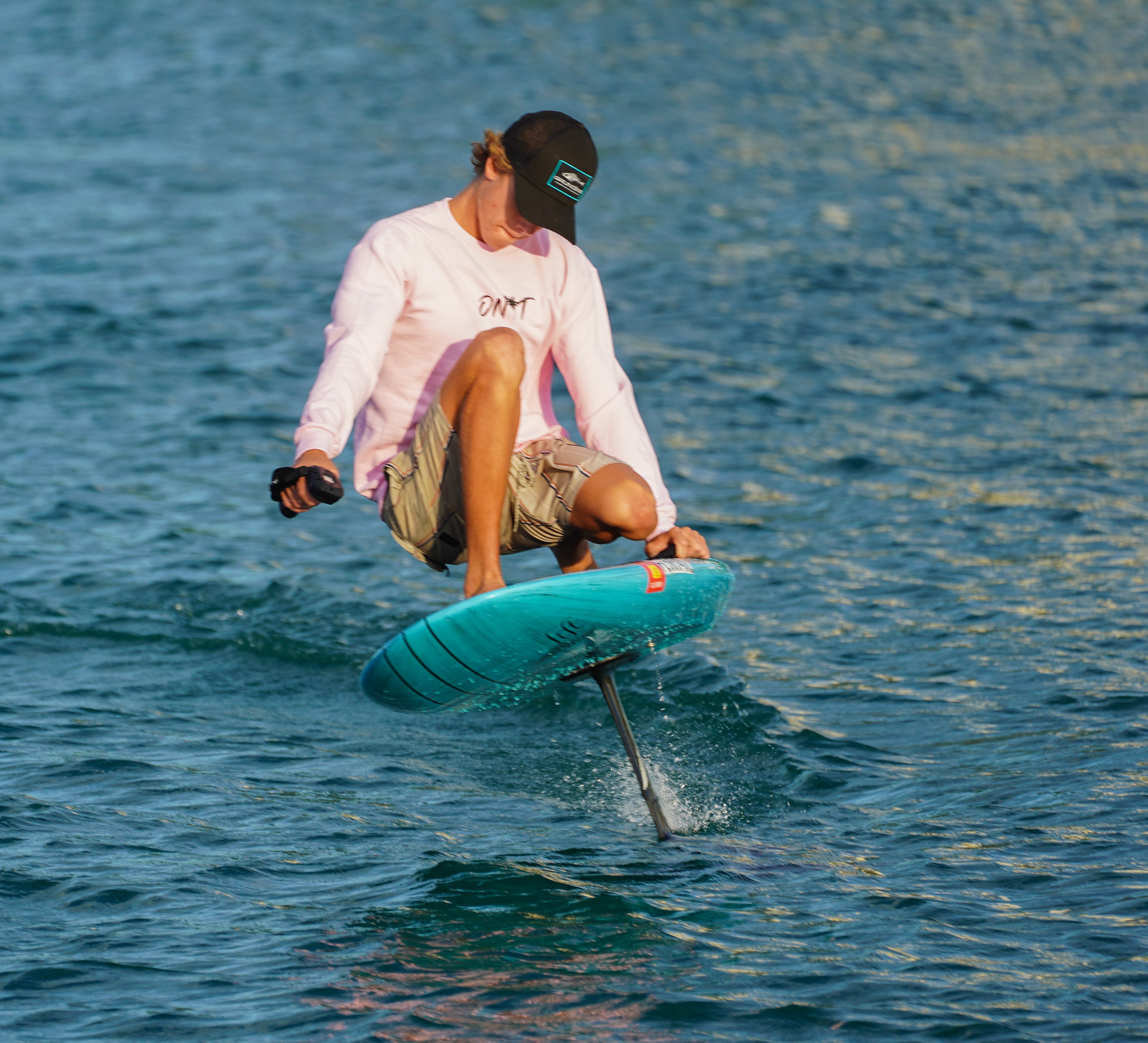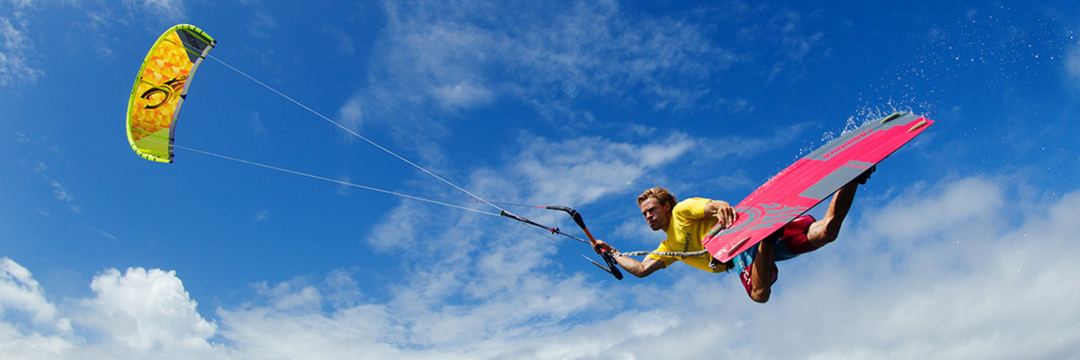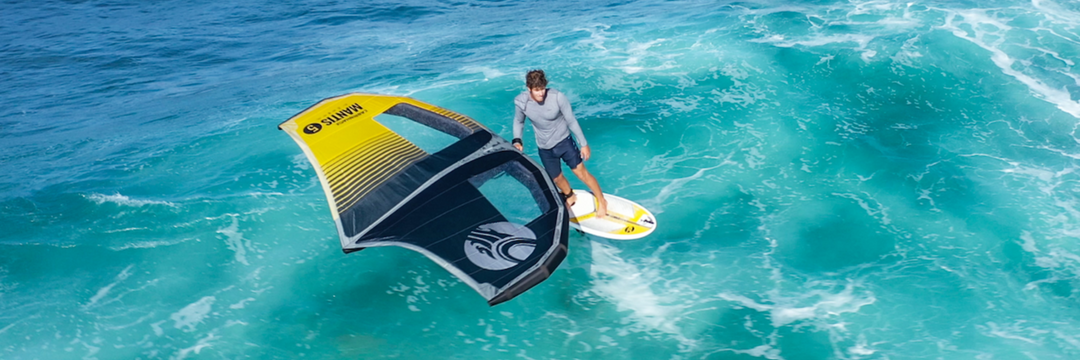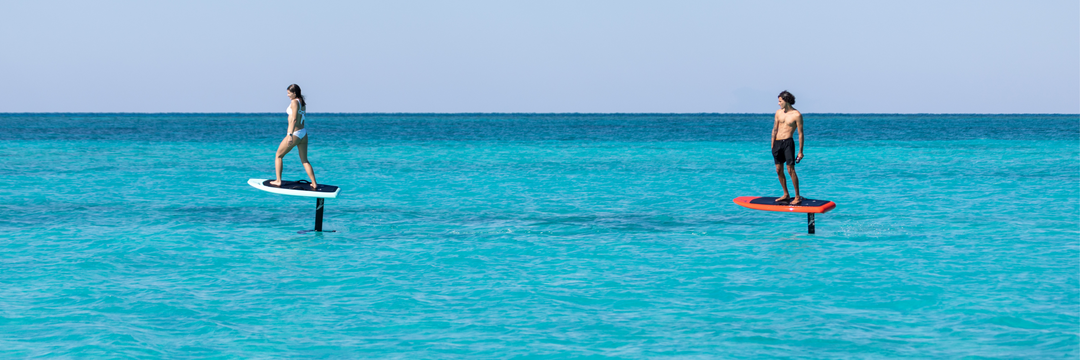Kite Stalling in Kiteboarding: Understanding and Preventing
Kiteboarding is a thrilling, dynamic sport that combines elements of windsurfing, paragliding, wakeboarding, and more. However, like any sport that blends so many variables, there are challenges that beginners and experienced riders alike must understand and overcome. One of these challenges is kite stalling. In this article, we’ll delve into the world of kiteboarding to demystify kite stalling, its causes, and how to prevent it.
## What is Kite Stalling?
In kiteboarding, "stalling" refers to a situation where the kite loses lift and falls from the sky or starts to fly backwards. This occurs when the angle of attack (AoA) - the angle between the kite's chord line and the incoming airflow - becomes too high, causing the wind to flow irregularly over the kite, leading to a loss of lift. A kite stall can be a harmless, albeit frustrating occurrence during a calm day on the water, or it can be a potentially dangerous event during high winds or in crowded areas.
## What Causes Kite Stalling?
Several factors can cause kite stalling:
1. **Insufficient Wind**: Without enough wind to keep it airborne, the kite lacks the necessary lift and can stall. This is often a problem in light wind conditions or when there are large gusts and lulls.
2. **Over-sheeting**: This occurs when the control bar is pulled in too far towards the rider. Doing so increases the AoA to an extent where the airflow over the kite is disrupted, leading to a stall.
3. **Incorrect Kite Positioning**: A kite can stall if flown too directly overhead in the wind window, or if it's directed too far upwind.
4. **Improper Line Setup**: Incorrectly set up lines can unbalance the kite, causing one side to have a higher AoA, leading to a potential stall.
5. **Malfunctioning Equipment**: Old or damaged kites, lines, or bars can cause inconsistent kite behaviour, including stalling.
## How to Prevent Kite Stalling?
Stalling can be frustrating and possibly risky, but understanding how to prevent it can make your kiteboarding experience safer and more enjoyable. Here are some tips:
1. **Monitor the Wind**: Understand the local wind conditions before you set out. If the wind is too light or gusty, consider postponing your session.
2. **Control Bar Position**: Be mindful of your bar position. Keeping the control bar too close to you (over-sheeting) increases the AoA, which can lead to a stall. The sweet spot is usually with the bar about halfway down the line.
3. **Correct Kite Positioning**: Flying your kite directly overhead or too far upwind can cause a stall. Maintain your kite at around 45 degrees off the water's surface and in the direction you're intending to go.
4. **Proper Line Setup**: Always ensure your lines are correctly set up and equal in length. Uneven lines can cause the kite to be unbalanced and more prone to stalling.
5. **Regular Equipment Check**: Regularly inspect your gear for signs of wear and tear. Replace any old or damaged equipment as needed.
6. **Training**: Work with a certified kiteboarding instructor to understand kite dynamics and to practice controlling your kite in various conditions. As with any sport, practice and experience are key to understanding how to react in different situations.
In conclusion, understanding kite stalling in kiteboarding, its causes, and how to prevent it is a fundamental aspect of becoming a proficient kiteboarder. This knowledge not only enhances your performance but also contributes to the safety of yourself and others on the water. Happy kiteboarding!
## What is Kite Stalling?
In kiteboarding, "stalling" refers to a situation where the kite loses lift and falls from the sky or starts to fly backwards. This occurs when the angle of attack (AoA) - the angle between the kite's chord line and the incoming airflow - becomes too high, causing the wind to flow irregularly over the kite, leading to a loss of lift. A kite stall can be a harmless, albeit frustrating occurrence during a calm day on the water, or it can be a potentially dangerous event during high winds or in crowded areas.
## What Causes Kite Stalling?
Several factors can cause kite stalling:
1. **Insufficient Wind**: Without enough wind to keep it airborne, the kite lacks the necessary lift and can stall. This is often a problem in light wind conditions or when there are large gusts and lulls.
2. **Over-sheeting**: This occurs when the control bar is pulled in too far towards the rider. Doing so increases the AoA to an extent where the airflow over the kite is disrupted, leading to a stall.
3. **Incorrect Kite Positioning**: A kite can stall if flown too directly overhead in the wind window, or if it's directed too far upwind.
4. **Improper Line Setup**: Incorrectly set up lines can unbalance the kite, causing one side to have a higher AoA, leading to a potential stall.
5. **Malfunctioning Equipment**: Old or damaged kites, lines, or bars can cause inconsistent kite behaviour, including stalling.
## How to Prevent Kite Stalling?
Stalling can be frustrating and possibly risky, but understanding how to prevent it can make your kiteboarding experience safer and more enjoyable. Here are some tips:
1. **Monitor the Wind**: Understand the local wind conditions before you set out. If the wind is too light or gusty, consider postponing your session.
2. **Control Bar Position**: Be mindful of your bar position. Keeping the control bar too close to you (over-sheeting) increases the AoA, which can lead to a stall. The sweet spot is usually with the bar about halfway down the line.
3. **Correct Kite Positioning**: Flying your kite directly overhead or too far upwind can cause a stall. Maintain your kite at around 45 degrees off the water's surface and in the direction you're intending to go.
4. **Proper Line Setup**: Always ensure your lines are correctly set up and equal in length. Uneven lines can cause the kite to be unbalanced and more prone to stalling.
5. **Regular Equipment Check**: Regularly inspect your gear for signs of wear and tear. Replace any old or damaged equipment as needed.
6. **Training**: Work with a certified kiteboarding instructor to understand kite dynamics and to practice controlling your kite in various conditions. As with any sport, practice and experience are key to understanding how to react in different situations.
In conclusion, understanding kite stalling in kiteboarding, its causes, and how to prevent it is a fundamental aspect of becoming a proficient kiteboarder. This knowledge not only enhances your performance but also contributes to the safety of yourself and others on the water. Happy kiteboarding!


